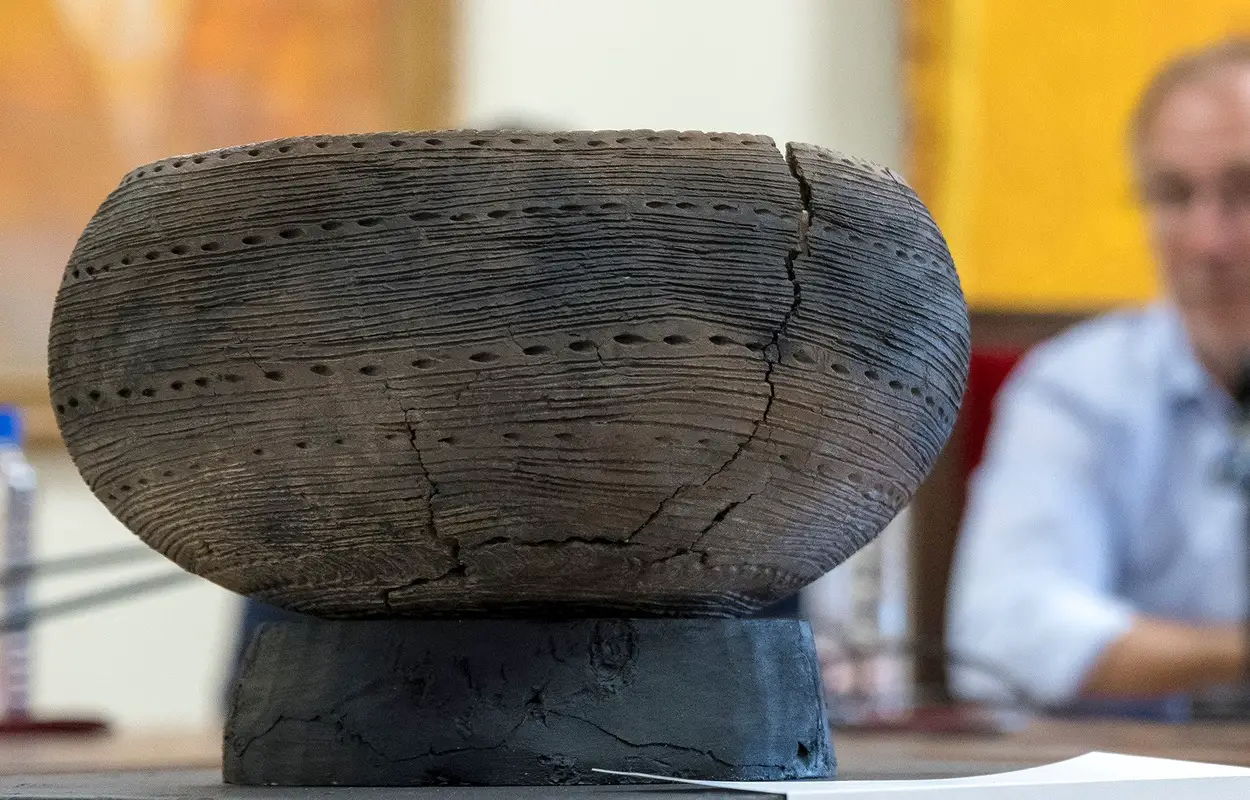Archaeologists have unearthed a rare intact vessel from the time of the Castilian conquest during excavations in Tijarafe, located in the northwest of La Palma.
La Palma is the most north-westerly island of the Canary Islands which was first inhabited by native Canarians, referred to collectively as Guanches (although more correctly known as Auaritas).
In the 15th century, the Crown of Castile launched its conquest of the archipelago, during which time many Indigenous inhabitants were either enslaved, killed outright, or succumbed to foreign diseases.
Many scholars argue that the conquest of the Guanche people was the first example of colonial genocide and served as a model for the Iberian colonisation of the Americas.
Excavations conducted in Cueva de Las Jimenas, in the Barranco de Los Gomeros have revealed a rare intact ceramic vessel belonging to Phase IVb – the dominant ceramic style at the time of the conquest.
Typical examples of Guanche ceramics consist of rough pottery forms, mostly without decorations, or ornamented by making fingernail indentations. What makes the vessel found in the Cueva de Las Jimenas are the ornate decorative elements and the level of preservation.
Yaiza Cáceres Lorenzo, Mayor of Tijarafe, said: This discovery marks a turning point in our understanding of our roots, which must continue to be studied, protected, and disseminated. We feel very fortunate that Tijarafe is part of such a significant discovery, and we reaffirm our commitment to continue strongly supporting these types of initiatives that enrich our history and strengthen our identity.”
Restorer Salomé González Rodríguez described the project as both challenging and rewarding, emphasising respect for the vessel’s authenticity and the use of fully reversible treatments. Once transferred to a temporary workshop, the vessel underwent documentation, cleaning, and stabilisation to ensure its long-term preservation.
Header Image Credit : Tijarafe City Council
Sources : Tijarafe City Council







